Funding boost for NT Thunder NEAFL team
- Sunday, February 23 2014 @ 12:03 am ACDT
- Contributed by: Wesley Hull
- Views: 2,391

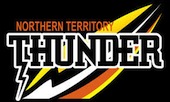
The following press release from the AFL Northern Territory outlines funding agreements which will strengthen player pathways for the NT Thunder NEAFL team for the next two years, and benefit players well beyond that time.
The Northern Territory Thunder Football and Federal Minister for Health and Sport, the Hon Peter Dutton, today signed a funding agreement that provides over $800K in the next two years for NT Thunder, to continue strengthening its player pathway programs.
NT Thunder CEO Jarred Ilett was delighted to meet Minister Dutton today at TIO stadium and is thrilled at the level of support provided by the Federal Government for NT Thunder’s suite of programs being delivered throughout the NT.
CEO Jarred Ilett commented that “The funding provided by the Federal Government and signed off on today by Minister Dutton will allow us to retain a number of resources primarily in Central Australia whose job it is to engage as many young Territorians as possible in the NT Thunder program.”
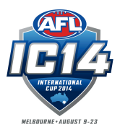

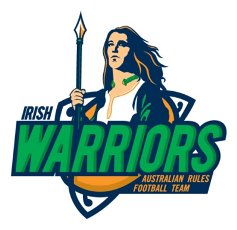 The Irish Warriors will receive a nice present to take home with them when they visit Melbourne for IC14. Courtesy of Zach Tuohy's super goal during the NAB Challenge match on the weekend (video below).
The Irish Warriors will receive a nice present to take home with them when they visit Melbourne for IC14. Courtesy of Zach Tuohy's super goal during the NAB Challenge match on the weekend (video below).
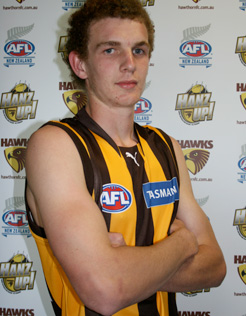 Kurt Heatherley has been named in the squad for Hawthorn's match against North Melbourne in Launceston (Tasmania) on Friday night. Heatherley impressed many last week with his defensive efforts and attack on the ball. Another appearance with the club's senior squad would be a great bonus for the International rookie. With Birchall and Lake to miss again for the Hawks hopefully Heatherley's services will be required.
Kurt Heatherley has been named in the squad for Hawthorn's match against North Melbourne in Launceston (Tasmania) on Friday night. Heatherley impressed many last week with his defensive efforts and attack on the ball. Another appearance with the club's senior squad would be a great bonus for the International rookie. With Birchall and Lake to miss again for the Hawks hopefully Heatherley's services will be required. Hannah Thomson, writing for SBS, has provided an excellent account of the growth of our Australian game in Scotland. From the McCracken influence at Essendon to the Scottish football scene today, Hannah examines the growth through the eyes of those currently playing or involved in Australian Rules football in Scotland.
Hannah Thomson, writing for SBS, has provided an excellent account of the growth of our Australian game in Scotland. From the McCracken influence at Essendon to the Scottish football scene today, Hannah examines the growth through the eyes of those currently playing or involved in Australian Rules football in Scotland.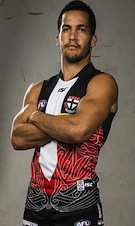
 The Eastern Suburbs Bulldogs are again Wellington’s premier team after a convincing win over the North City Demons. On a sunny day in Wellington the Demons, played in a determined fashion, but were eventually outrun by the Bulldogs as the match progressed.
The Eastern Suburbs Bulldogs are again Wellington’s premier team after a convincing win over the North City Demons. On a sunny day in Wellington the Demons, played in a determined fashion, but were eventually outrun by the Bulldogs as the match progressed.
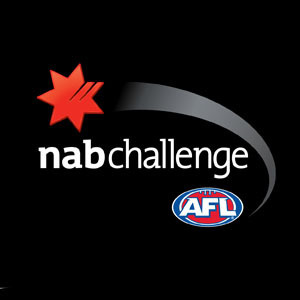 This year a
This year a 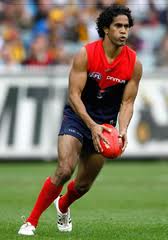 The following is a press release from the AFL detailing the new joint initiative between the AFL and Rio Tinto to promote opportunities for indigenous players, culminating in a match which will be the prelude to the “Dreamtime at the G” clash later this year.
The following is a press release from the AFL detailing the new joint initiative between the AFL and Rio Tinto to promote opportunities for indigenous players, culminating in a match which will be the prelude to the “Dreamtime at the G” clash later this year. This year a
This year a 

 RSS news
RSS news Twitter
Twitter Facebook
Facebook